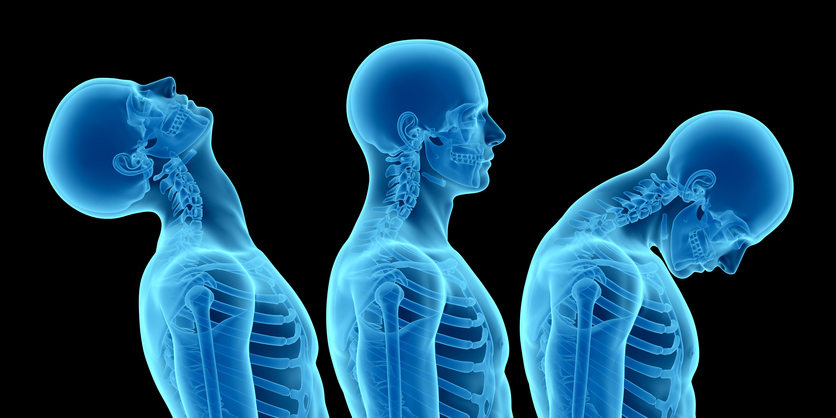According to the National Highway Traffic Safety Administration, it is estimated that more than three million people are injured each year in car accidents. Car accidents can cause many different types of injuries to any part of the body, but it depends of the crash and severity of impact. However, the most common injury people get is called whiplash, due to the violent jerking motion that comes with sudden impact and screeching halts.
Many people suffer from whiplash injury as a result of a car accident. Whiplash is defined as a soft tissue injury to the neck, that is caused by a severe jerk to the head, usually caused in a car accident where you get hit from behind, known as a rear-end collision. However, any sudden movement of the head and neck can be enough to cause and consider it a whiplash injury. Whiplash is also referred to as a cervical acceleration-deceleration injury (CAD).
Whiplash can be both mild or severe. A severe whiplash injury can result in serious, long term injuries and consequences such as disability, if failure to properly diagnose or treat it. Due to the often slow or delayed onset of symptoms, many people sometimes don’t realize that they have experienced symptoms of whiplash until later on. As whiplash symptoms progress, this seemingly small injury can go on to have long-term effects. The symptoms of chronic whiplash may include:
- Pain and stiffness in the neck or shoulders
- Upper or lower back pain
- Severe headaches
- Dizziness,
- Blurred vision
- Concentration and memory problems
- Ringing in the ears
- Difficulty sleeping
- Numbness or weakness in the arms or legs
Whiplash is considered the most common injury caused by car accidents. Due to the force of the accident, as your head does the action of being jerked forward, your neck or back muscles are abnormally stretched and put back into place. When left untreated, there can be lasting damage to the disks and vertebrae in your spine.
When your head is jolted forward and then snaps back, this sudden, yet quick movement can damage the soft tendons, ligaments, and muscles in your neck as a result of being stretched beyond its usual range of motion. Located between the vertebrae in the spinal column in your spine and back, there are discs that act as shock absorbers to protect your bone, and allow the spine to move and function properly, without friction. The shock absorber discs between your neck and bones are considered soft tissue, and can be torn from extreme whiplash, causing severe pain, and a host other symptoms.
The long-term effects of whiplash
Severe whiplash that lasts for over six months or longer, is referred to as chronic whiplash syndrome. Although, the symptoms of whiplash can last for a varied amount of time, even for years, depending on how severe the injury is to the soft tissue in your neck or upper back. Full symptoms may only appear a few days after the impact. Due to this delay, after an accident happens, getting medical attention is advised, in order to avoid further complications, and receive treatment. After an auto accident, getting X-rays of the head and neck are a more reliable measure for seeing potential damage. In many cases, pain does not present itself right away, especially if the body is in any state of shock, with heightened adrenaline offering pain relief.
Whiplash is usually treated with prescribed painkillers, physical therapy, and as a last resort surgery. Alternative treatments for whiplash include acupuncture, chiropractic care, massage, and electronic nerve stimulation to reduce neck pain.
To learn more about whiplash, and if you may have long-lasting damage that needs treatment, call The Brooks Clinic at (405) 400-0877 to request an appointment, or request and appointment online.




